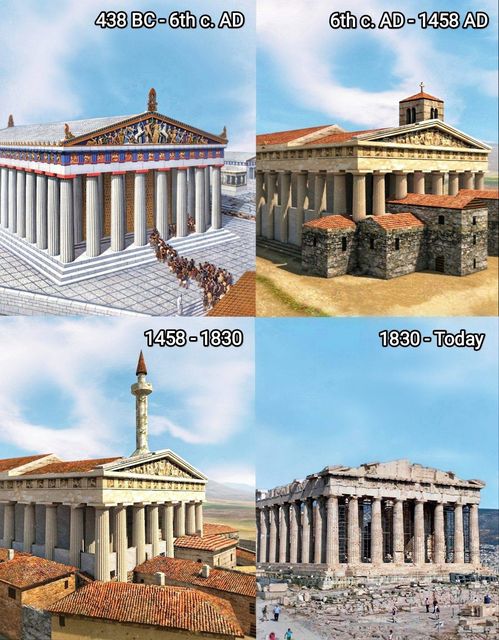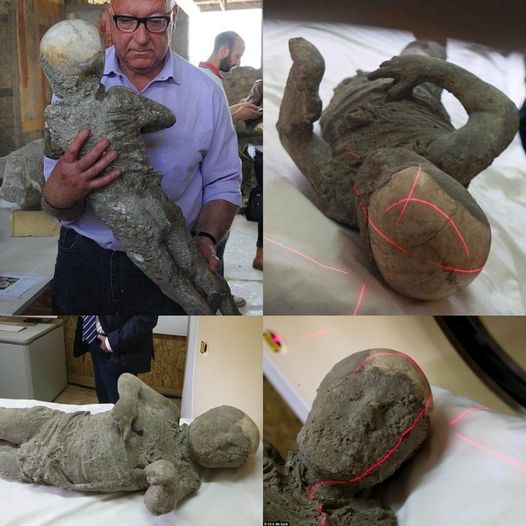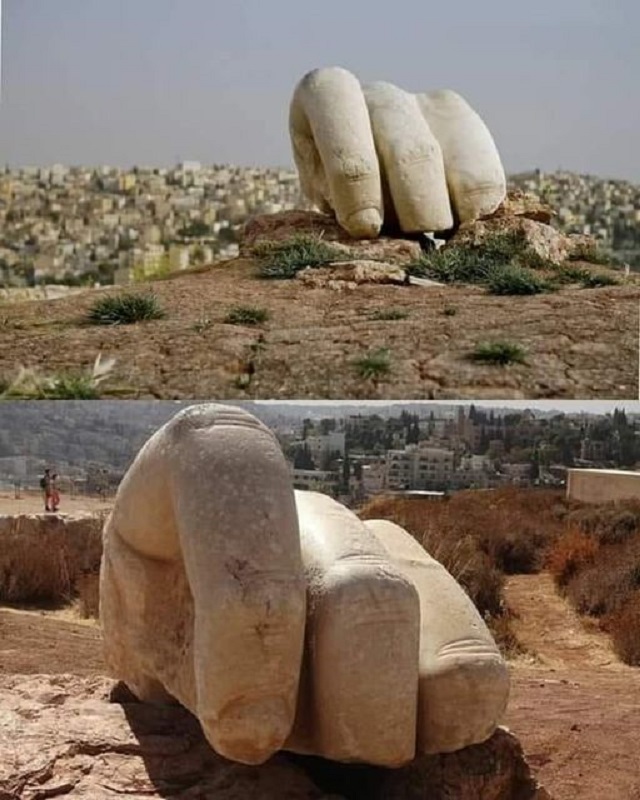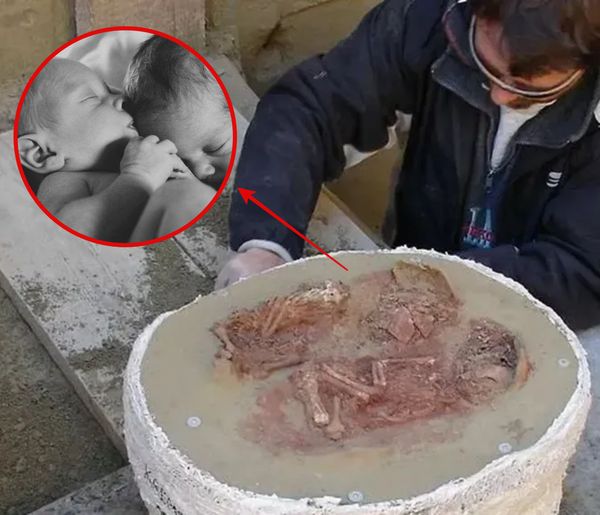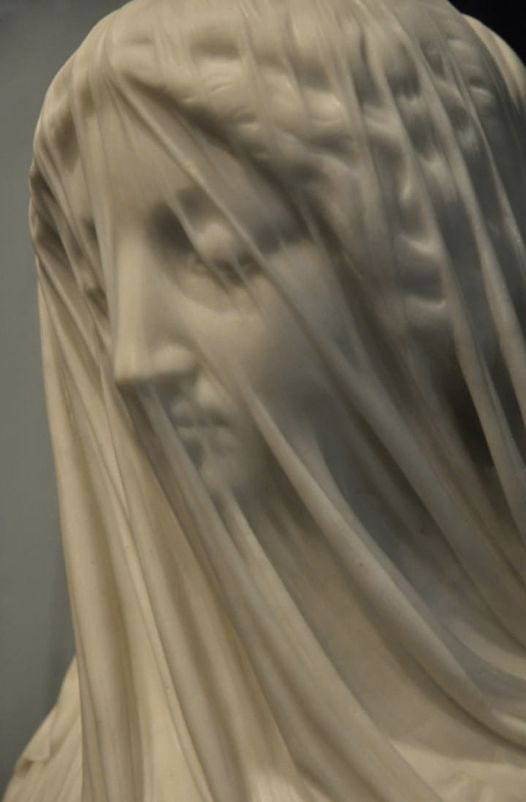In the panorama of ancient Egyptian history, few figures are as towering as Thutmose III, the pharaoh who reigned during the New Kingdom's 18th Dynasty, from 1479 to 1425 BC. Known as the "Napoleon of Egypt," Thutmose III's mummy, as revealed in the accompanying photograph, is a fascinating time capsule that offers insights into the art of mummification, beliefs in the afterlife, and the grandeur of ancient Egyptian civilization.
The photograph presents two views of the pharaoh's mummified remains, highlighting the meticulous preservation that has withstood millennia. The left side of the image shows the pharaoh's face, where the passing of time and the mummification process have left a serene yet haunting expression. The remnants of the binding material cling to the body, giving us a glimpse into the painstaking process of mummification that the Egyptians believed was essential for entering the afterlife.

On the right side, the mummy is seen in profile, wrapped in linens that, even after thousands of years, maintain a semblance of their original state. This side view allows us to observe the embalmers' skill in preserving the body's form, a testament to their understanding of anatomy and their spiritual dedication to preparing the pharaoh for his journey to the afterlife.
Thutmose III's reign was marked by numerous military campaigns that expanded Egypt's empire to unprecedented lengths. His mummy, discovered in the Deir el-Bahri cache, reminds us of his mortal humanity, a stark contrast to the god-like status pharaohs held in their lifetimes.

The art of mummification, as shown through the remains of Thutmose III, was not only a technical achievement but also a spiritual ritual. The Egyptians believed in the Ka, or life-force, which required a preserved body to host it. Thus, the mummification process was as much an act of faith as it was an act of preservation.
Today, as we study Thutmose III's mummy, we are reminded of the mysteries of ancient Egypt, its sophisticated culture, and its enduring legacy. The mummy is not just a historical artifact; it is a bridge to the past, connecting us to the beliefs, achievements, and lives of those who shaped history thousands of years before us. Through this preserved figure, the pharaoh's legacy continues to reign, capturing the imagination and inspiring wonder about the past.






